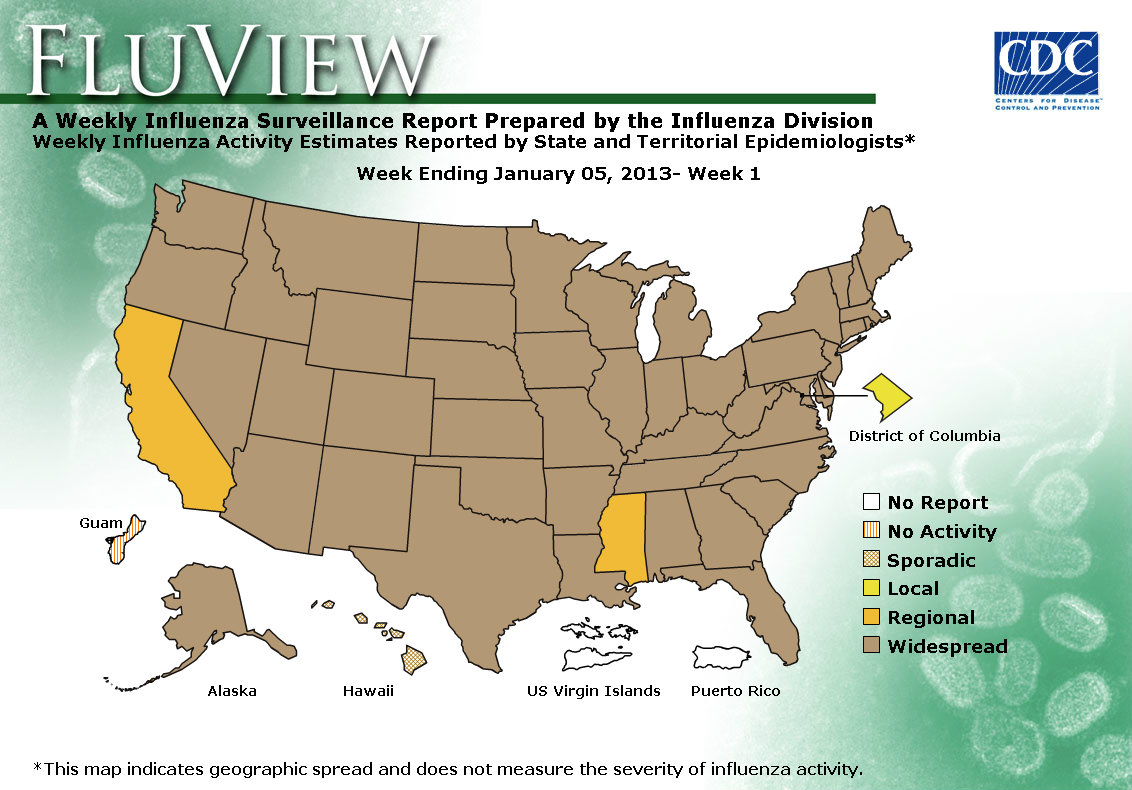Montgomery County, MD - - - An activated smoke alarm alerted a Bethesda family of
a house fire early this morning. Shortly after 5:30 a.m. units from the Montgomery County Fire and Rescue
Service were dispatched to the 7700 block of Glenmore Springs Way
The fire was quickly brought under control and extinguished with little extension to the remainder of the house. An investigation was conducted and determined that the fire began in the attached garage that was being used for storage. There were no vehicles in the garage at the time of the fire and investigators have determined that the fire originated in or around an oil filled space heater that was plugged into an extension cord in the garage.
The fire was quickly brought under control and extinguished with little extension to the remainder of the house. An investigation was conducted and determined that the fire began in the attached garage that was being used for storage. There were no vehicles in the garage at the time of the fire and investigators have determined that the fire originated in or around an oil filled space heater that was plugged into an extension cord in the garage.
The fire is listed as undetermined with a possible cause as a failure of
the electrical extension cord or the heater. The fire caused $200, 000 in
damages to the structure and contents. Three adult residents were displaced and
the 90-year-old female remains hospitalized with injuries considered to be non-life
threatening. A working smoke alarm, along with alert neighbors, were a
life-saving combination.
# # #












